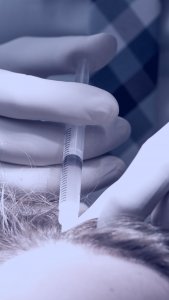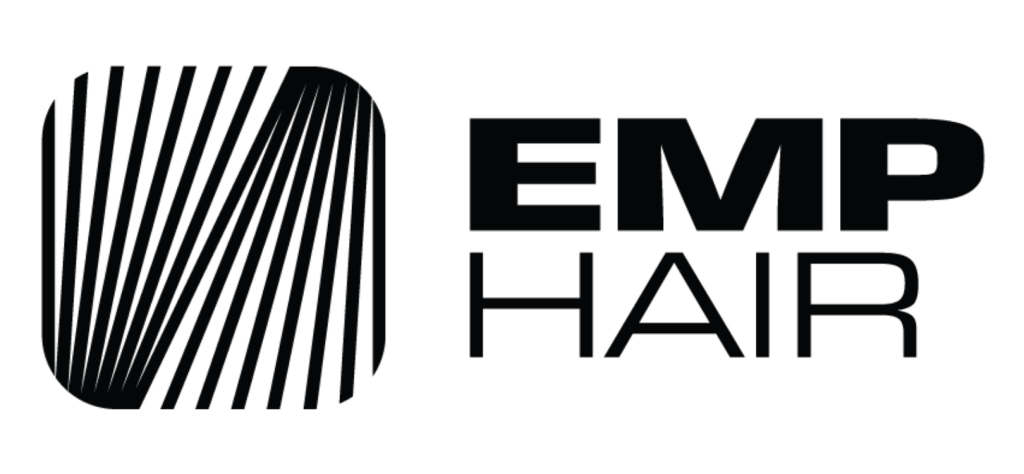PRP Supported Hair Transplantation
Home Page » PRP Supported Hair Transplantation
PRP is the abbreviation for “platelet-rich plasma”, which is defined as the procedure for increasing hair growth and renewing hair for men and women considering hair transplantation. PRP supported hair transplantation is the best way to ensure your hair growth.
Advantages of PRP support
Today, hair transplantation is usually carried out in a single “mega session”. The whole mega session procedure (collection of hair follicles from a donor area behind the patient’s scalp and placement of the collected follicles into the recipient area) is completed in a single session which takes a few hours. Multiple sessions may be a better choice for some patients depending on patient wishes and factors such as medical conditions.
For 3 to 6 months after transplantation, most of the transplanted follicles develop in new areas and generate new hair. Some transplanted roots cannot grow in their new environment.
PRP supported hair transplantation is a reliable operation
PRP treatment can be used as a way to improve survival rate of the transplanted hair follicles and encourage recovery of minimal scarring that leads to PRP trials. PRP treatment is being used in sports medicine, orthopedic surgery and dental surgery, and in a number of other medical and surgical specialties to improve tissue regeneration and healing after surgical procedures or injuries.
To answer the questions related to PRP it is best to have a look at platelets, the center of platelet-rich plasma.
Contribution of PRP to healing process
 Platelets are biological components of blood as well as red and white blood cells. Unlike red and white blood cells, platelets do not have nucleus and therefore do not qualify to be called “cells” They’re a little smaller than red and white blood cells.
Platelets are biological components of blood as well as red and white blood cells. Unlike red and white blood cells, platelets do not have nucleus and therefore do not qualify to be called “cells” They’re a little smaller than red and white blood cells.
Platelets are probably best known as components of the blood coagulation system. When the injury damages a blood vessel and causes bleeding, platelets are activated quickly and contribute to the formation of a clot that affects blood flow. Platelets contribute to clot formation by participating in the release of a set of chemical factors necessary for the clot formation process. By deformation and interlocking with each other they create a physical barrier to blood flow. This physical barrier consists of locked platelets and hemostatic fibers called fibrin.
However, platelets also have functions other than being the first to respond to the bleeding injury. Each platelet is also a biochemical storage of regulatory, signaling, and growth factor molecules involved in tissue healing as well as immediate response to injury. Growth factor molecules associated with platelets include:
Platelet-derived growth factor (PDGF) – contributes blood vessel growth, cell proliferation, skin formation.
Transforming growth factor-beta (TGF-b) – increases the growth of the matrix between cells, increases bone metabolism.
Vascular endothelial growth factor (VEGF) – contributes blood vessel formation.
Epidermal growth factor (EGF) – contributes cell growth and differentiation, blood vessel formation, collagen formation.
Fibroblast growth factor-2 (FGF-2) – contributes the growth of specific cells and blood vessel formation.
Insulin-like growth factor (IGF) – regulator of normal physiology in almost every cell type in the body.
All of these growth factors initiate and improve physiological processes that contribute to tissue healing and post-injury health. Growth factors also play a role in normal physiological processes such as blood vessel formation.
Purpose of PRP supported hair transplantation
The reason for the use of PRP treatment in hair transplantation operations is to artificially increase the number of platelets in a region where the storage of growth factors in platelets can be used for tissue recovery, regeneration and the health of hair follicles.

